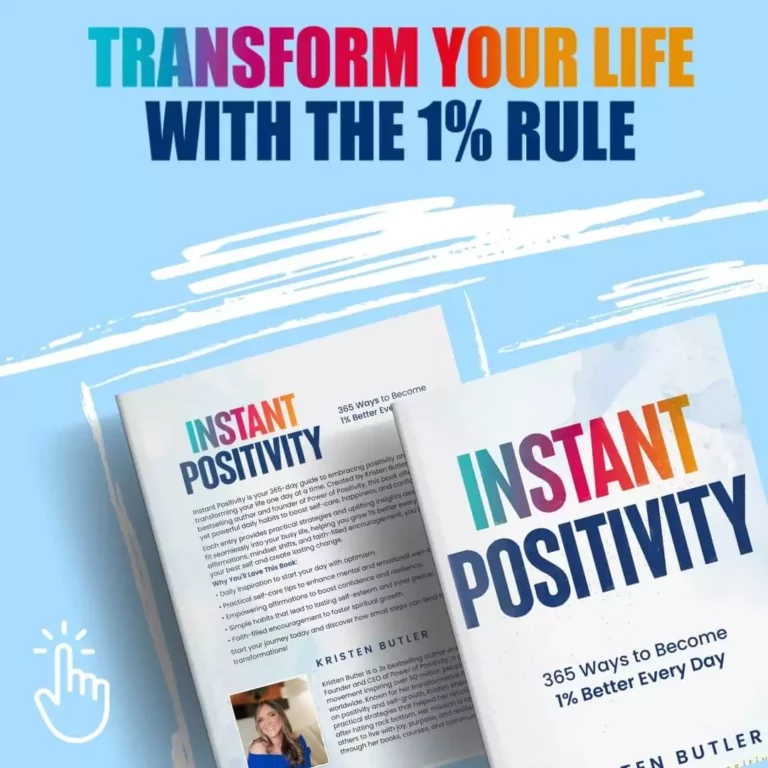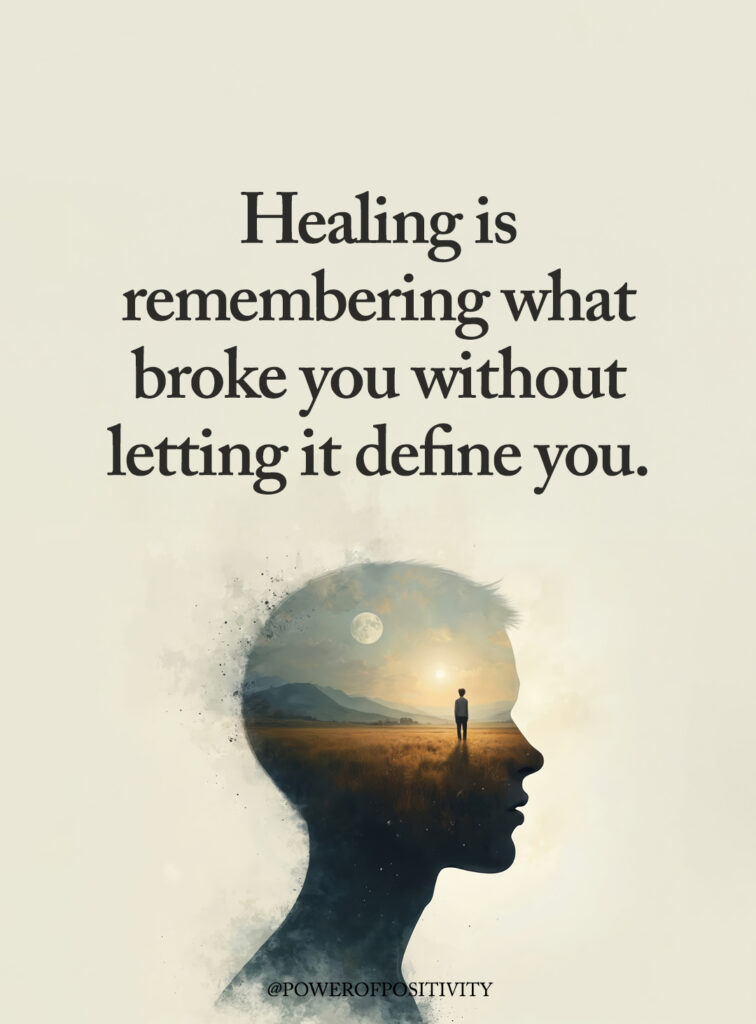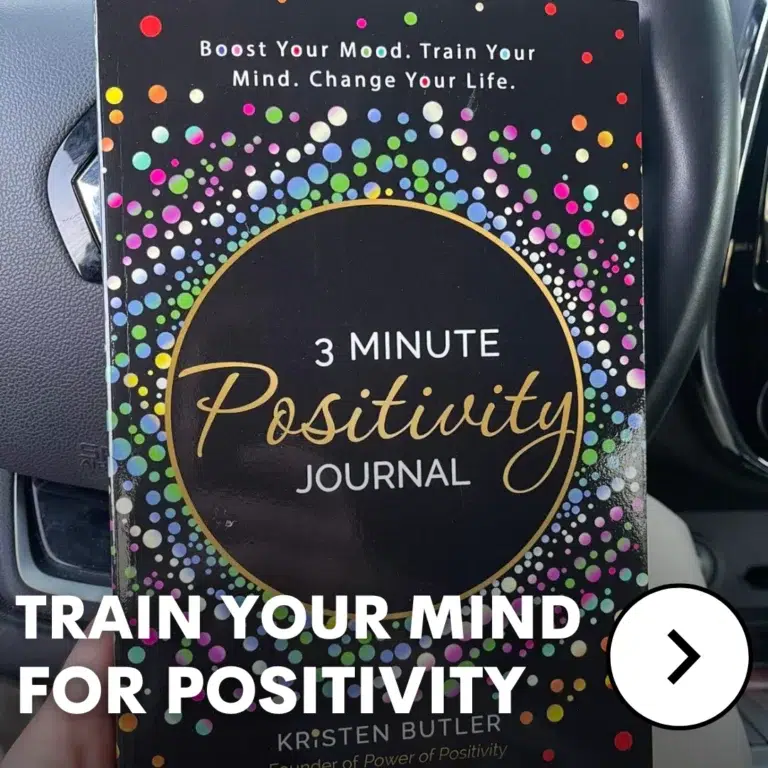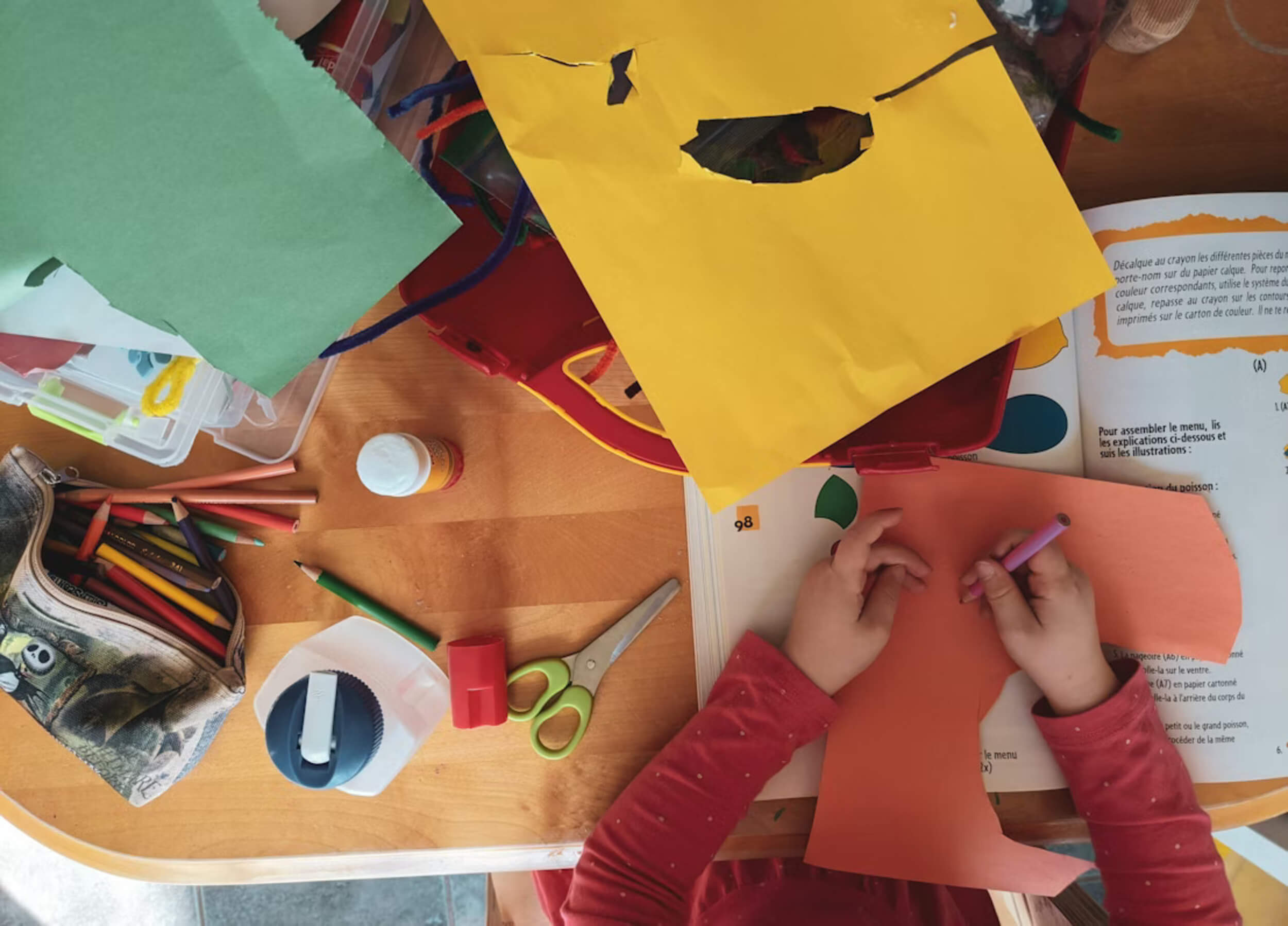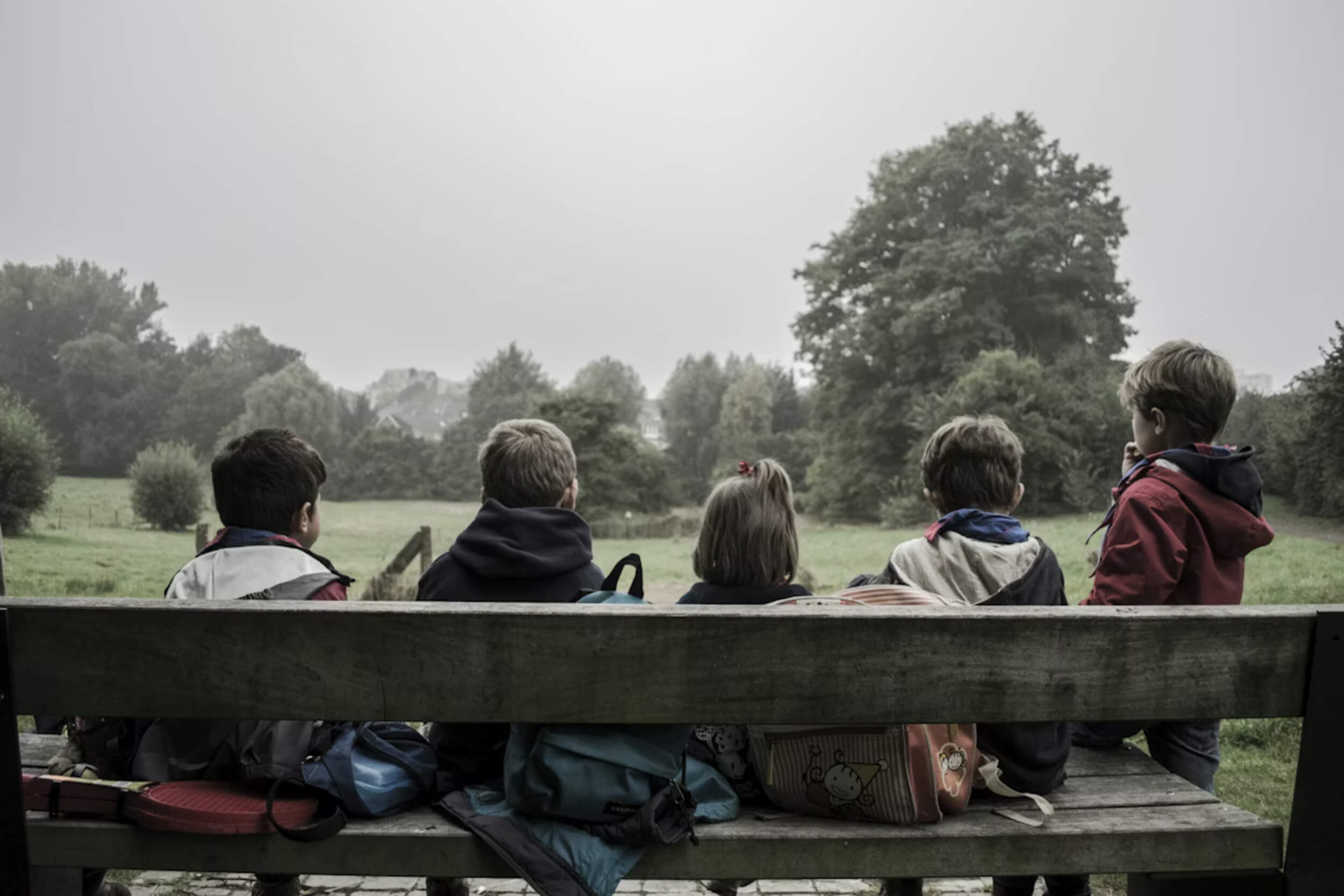Rosa Parks didn’t shout when she made history—she simply said “no.” That single word, spoken with quiet strength, became louder than any speech. It showed how powerful one woman’s voice could be when used with courage. The power of women’s voices has always been real—capable of challenging injustice, shaping movements, and rewriting history. Yet for generations, those voices were ignored, their impact buried under the noise of others.
Across time, women have used their words to spark change—through protest, poetry, classrooms, and courtrooms. Each time one spoke up, she gave permission for others to do the same. What was once seen as defiance has become a force for progress and unity.
Today, that silence is breaking — and every voice that rises adds to a global chorus of change.
The Echoes of the Past: How Women’s Voices Were Overlooked
History often praised the loudest men while forgetting the women who spoke with equal courage. During revolutions, reform movements, and civil rights struggles, women stood on stages and courthouse steps — yet their words rarely made it into the history books. Writers like Mary Wollstonecraft, who argued for women’s education, or reformers like Ida B. Wells, who fought racial violence through journalism, changed societies with truth-telling. Still, their names were often left out of school lessons and public memory.
The loss runs deep. Generations grew up without examples of women debating laws, leading protests, or shaping policy with their voices. This silence taught young girls that leadership sounded masculine — that speaking up might be too bold. The power of women’s voices was there all along, but too often unheard.
Yet silence was never the same as stillness — women were always speaking, even if few were listening.
Finding Power in the Margins: Forgotten Voices That Shaped Change
1. The Women Who Spoke Before They Were Allowed To
Centuries ago, women like Sojourner Truth and Emmeline Pankhurst didn’t wait for permission to speak. Truth’s famous “Ain’t I a Woman?” speech challenged both racism and sexism. Pankhurst led marches demanding the right to vote in England, facing jail time for her activism. Maria Stewart, one of the first American women to speak publicly on political issues, urged Black women to seek education and equality long before it was accepted. They didn’t just talk — they risked everything to be heard.
2. How Words Became Weapons for Justice
Language became their strongest tool. Suffragists used pamphlets and rallies. Educators turned classrooms into spaces of empowerment. Poets and writers wove protest into art. Every time power was denied, women built new channels for expression — through letters, lectures, and newspapers. These early movements proved that when women speak, societies shift. The power of women’s voices became the quiet engine behind many of the freedoms we enjoy today.
Those early voices didn’t fade — they became the foundation for the voices that followed.
Breaking the Sound Barrier: Women’s Voices in the Modern Era
1. From Silence to Spotlight
In today’s world, women speak from every platform — parliaments, classrooms, offices, and social media. The rise of movements like #MeToo, climate activism led by Greta Thunberg, and global campaigns for girls’ education show how one voice can turn into millions. These movements proved that sharing personal truth can move laws, shift company policies, and inspire hope.
2. The Power of Public Platforms
Technology gave everyone a microphone. A single tweet, podcast, or video can reach millions. Women from small towns to major cities are using YouTube, TikTok, and podcasts to tell stories that shape opinion and drive change. What once required a stage now only needs a screen. These tools have turned personal experiences into public lessons and have shown the power of women’s voices in shaping culture and justice.
Still, raising one’s voice today comes with both power and pressure.
The Emotional Labor of Speaking Up
Every woman who speaks publicly carries a hidden cost. Many face criticism, online hate, or dismissal simply for having an opinion. Tone policing — being told to “calm down” or “smile more” — happens in offices, politics, and media. Even when women raise important issues, they’re often labeled “too emotional” or “too strong.”
The emotional weight can be heavy. Yet, women keep going. They find support in communities, share stories of resilience, and use their platforms to protect others. The power of women’s voices lies not only in the words themselves but in the courage to keep speaking through resistance.
The world listens — but not always kindly. Yet women persist, because silence is no longer an option.
Voices Across Cultures: Unity in Diversity
1. Local Voices, Global Ripples
Across continents, women are proving that meaningful change doesn’t always start in government halls — it often begins in villages, schools, and small communities. From Malala Yousafzai fighting for girls’ education in Pakistan to journalists exposing corruption in the Philippines, every act of courage adds to the global rhythm of reform. Diversity in voice means more perspectives, more empathy, and more shared progress.
2. Reclaiming Indigenous and Marginalized Narratives
For centuries, Indigenous and marginalized women were silenced by systems that erased their stories. Today, many are reclaiming their languages, songs, and oral traditions to tell their truth. Whether through storytelling, art, or activism, they show how strength can come from heritage. This revival widens what leadership means — not only political power but cultural and emotional leadership too.
As women reclaim their stories, they reshape the narrative for everyone — showing the lasting power of women’s voices in healing and change.
The Modern Renaissance: Storytelling as Social Power
1. From Hashtags to Headlines
Modern storytelling has become a new form of social movement. When women share personal stories online, they don’t just post — they connect. A hashtag can turn into a movement, a thread into awareness, and a post into a protest. Creators and activists use platforms like Instagram, TikTok, and podcasts to share everyday realities — motherhood, work, mental health — turning pain into purpose.
2. Redefining Influence
True influence today isn’t about fame or filters — it’s about honesty. Women who speak with authenticity draw attention not for being perfect but for being real. Whether it’s a nurse sharing stories from the pandemic or a teacher encouraging girls to lead, small acts of courage ripple far. These everyday voices shape a stronger, more empathetic society.
When storytelling becomes collective, it evolves from confession to revolution — powered by the unstoppable power of women’s voices.
Rewriting the Record: Representation in Media and Education
1. Why Representation Still Matters
History books, news programs, and classrooms still underrepresent women’s words and work. Studies show most historical lessons center on male figures, leaving girls without relatable examples of leadership. Without seeing women in debate, journalism, or science, young people grow up believing those roles don’t belong to them.
2. Changing the Narrative
New projects are closing that gap. Archives, anthologies, and media platforms now spotlight women’s achievements, speeches, and innovations. Teachers are weaving women’s history into everyday lessons. When students hear stories of courage from women past and present, they learn that leadership has many faces.
The more women’s stories we tell, the more complete our collective story becomes — one that reflects the true power of women’s voices.
The Next Generation: Teaching Courage, Not Compliance
Girls learn confidence by seeing it in action. Mentorship programs, inclusive classrooms, and youth leadership groups give young women the tools to speak up early. Encouraging curiosity — asking questions, sharing ideas, leading discussions — turns silence into self-assurance.
It’s not just about teaching confidence; it’s about building communities where every girl feels heard. Empowerment starts with conversation — at home, in school, and online.
When girls grow up hearing women speak with conviction, they learn that their words can change the world too.
The Responsibility of Listening
Real progress depends not just on who speaks, but on who listens. For women’s voices to matter, society must listen with respect — not interruption or bias. Listening becomes its own form of equality when it values every voice.
Voices need echoes — and every listener is part of that resonance.
Final Reflections: A World That Thrives When Women Speak
The story of humanity sounds clearer when women’s voices are heard. In politics, science, art, and home life, women’s words continue to shape ideas that bring balance and progress.
Empowering women to speak isn’t a favor — it’s a shared responsibility. When voices rise together, fairness grows stronger, and communities grow wiser.
When women speak, the world doesn’t just listen — it learns.



